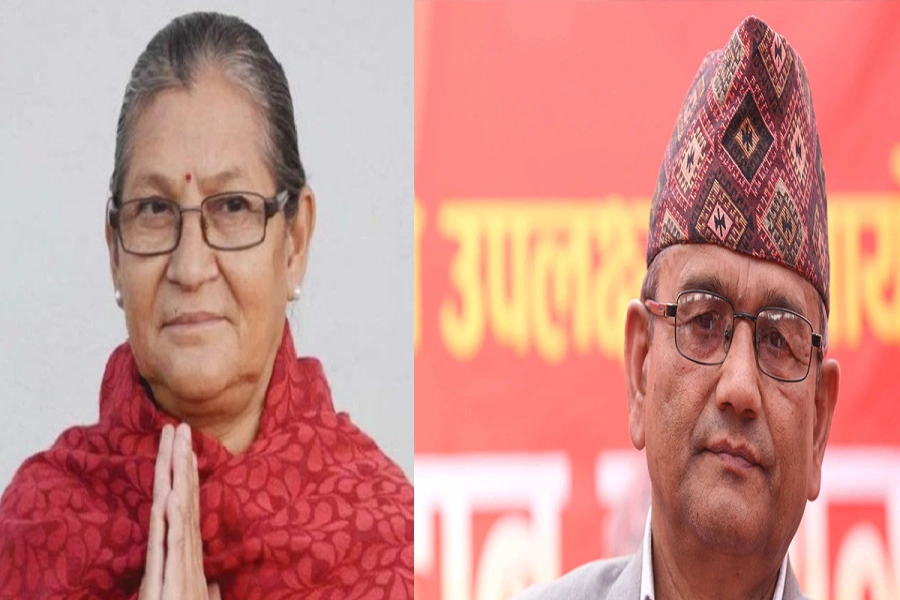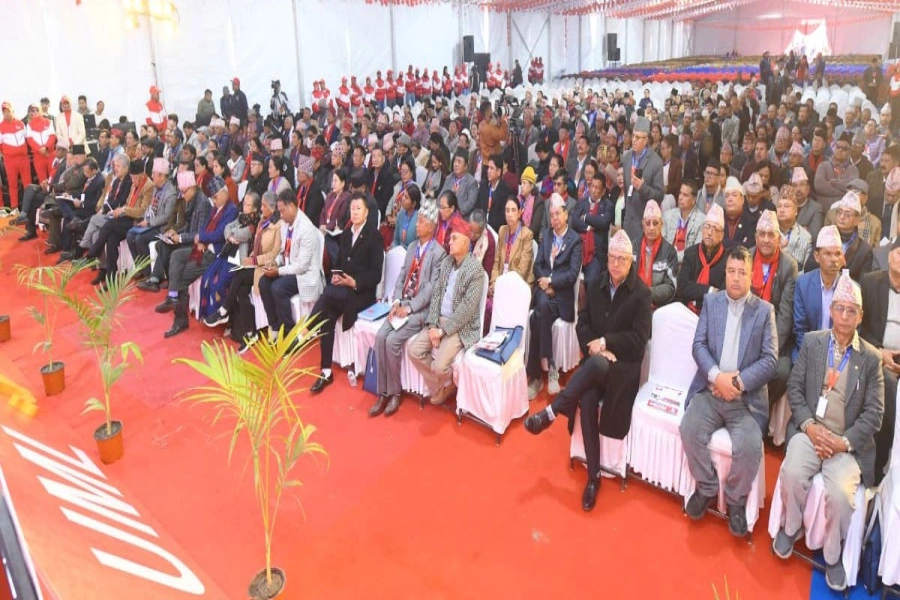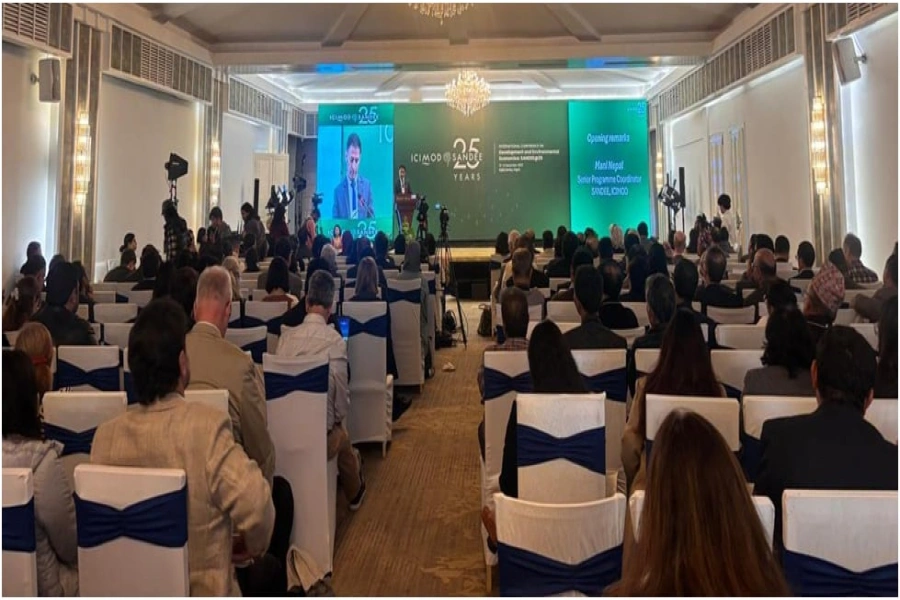KATHMANDU, Feb 28: Nepal Electricity Authority (NEA), the government enterprise that is looking forward to floating its primary shares in public, has received a ‘Double A Plus’ credit rating from ICRA Nepal Ltd.
NEA has planned to issue 25 percent of its initial public offerings worth Rs 31.25 billion. NEA Managing Director Kulman Ghising said the state-owned power utility has ICRA NP Double A Plus which indicates that the entity is able to assume its financial responsibility on time.
Api Power gets ICRA rating ahead of rights issue

A credit rating is a tool that assesses a company’s credit worthiness measuring the likelihood of defaulting on its debt. It is issued by rating agencies and helps investors determine the risk associated with investing in the shares and corporate bonds issued by a company.
According to NEA, the government enterprise had its financial indicators analyzed to get the credit rating. Factors, which could affect the internal and external environments that involved financial status, assets, commercial and financial risks, managerial efficiency and operational effectiveness, among others, were assessed to award NEA with the credit rating.
Backed by the government guarantee, NEA as of now has been receiving loans from multilateral donor organizations like the World Bank and Asian Development Bank. In addition, the authority has been carrying out power point agreements with foreign and domestic investors. “While the received credit rating ensures high level financial capacity with the NEA, it could also help promote investment in the country’s hydropower development,” Ghising said.
Through implementing the second-phase financial reform program, the government has permitted NEA to go public. The power utility will be floating in public the primary shares out of the remaining units left over from selling its primary shares to the government.
According to the NEA, for the past few years, it has been contributing around 12 percent to the total revenue collection of the government. It has invested in construction of 456 MW Upper Tamakoshi, which has been selling electricity at a lower cost compared to the electricity produced by private sector-operated hydropower plants.


































